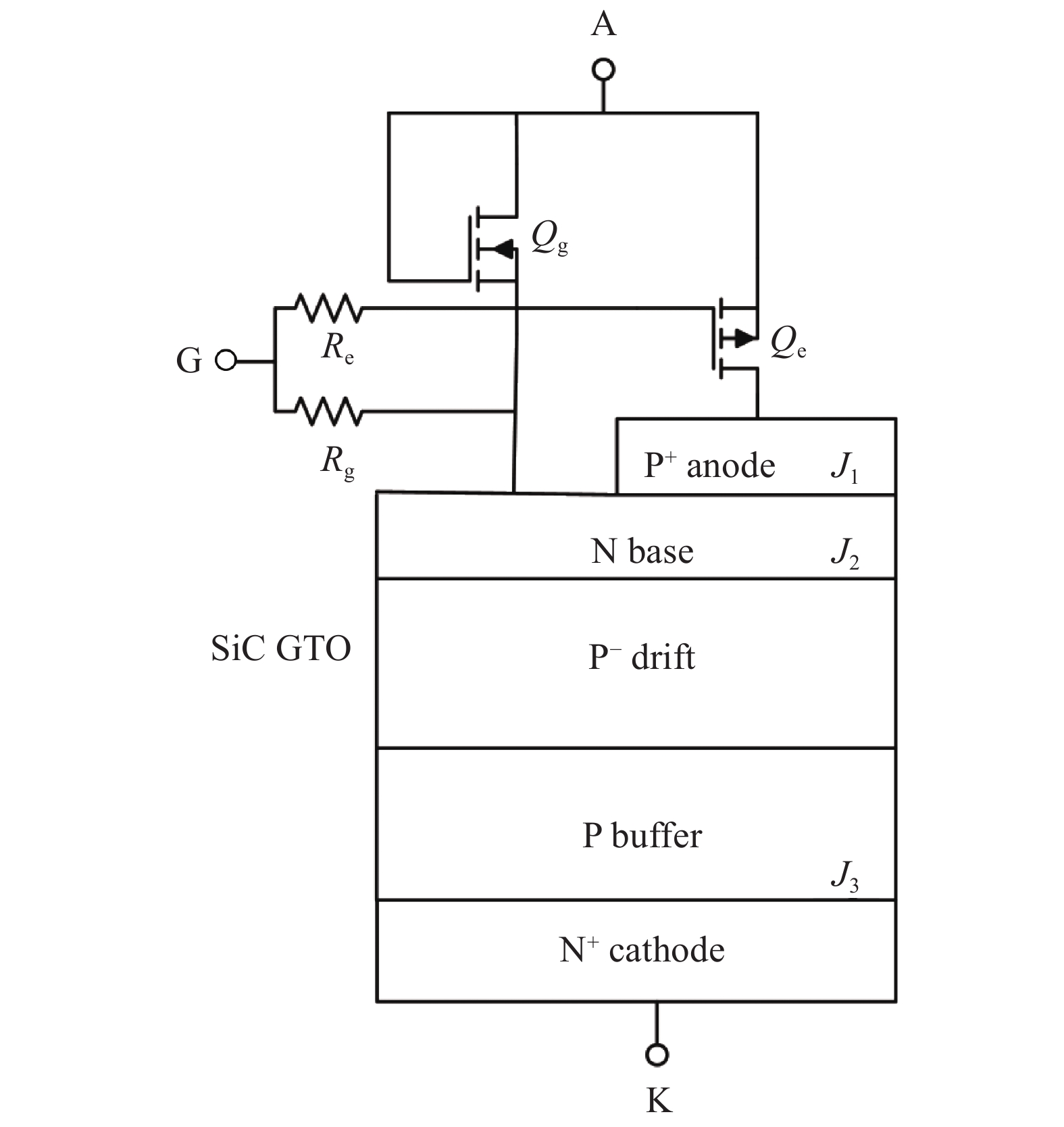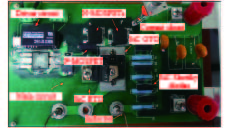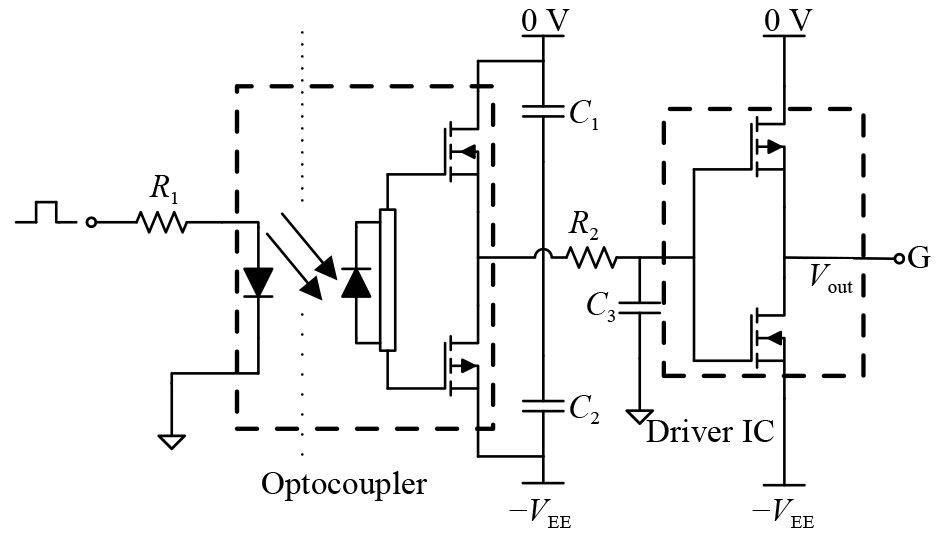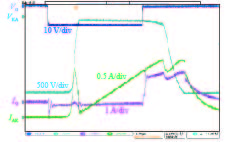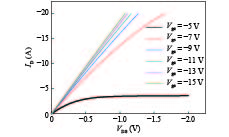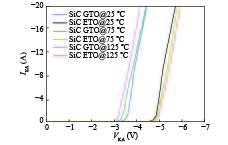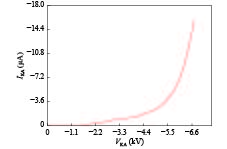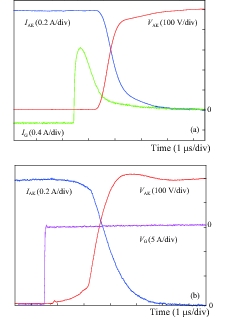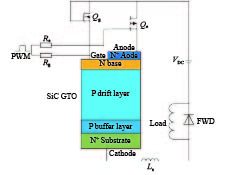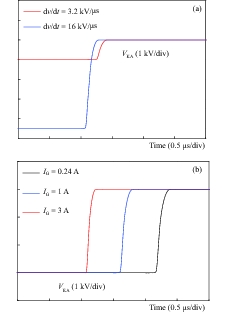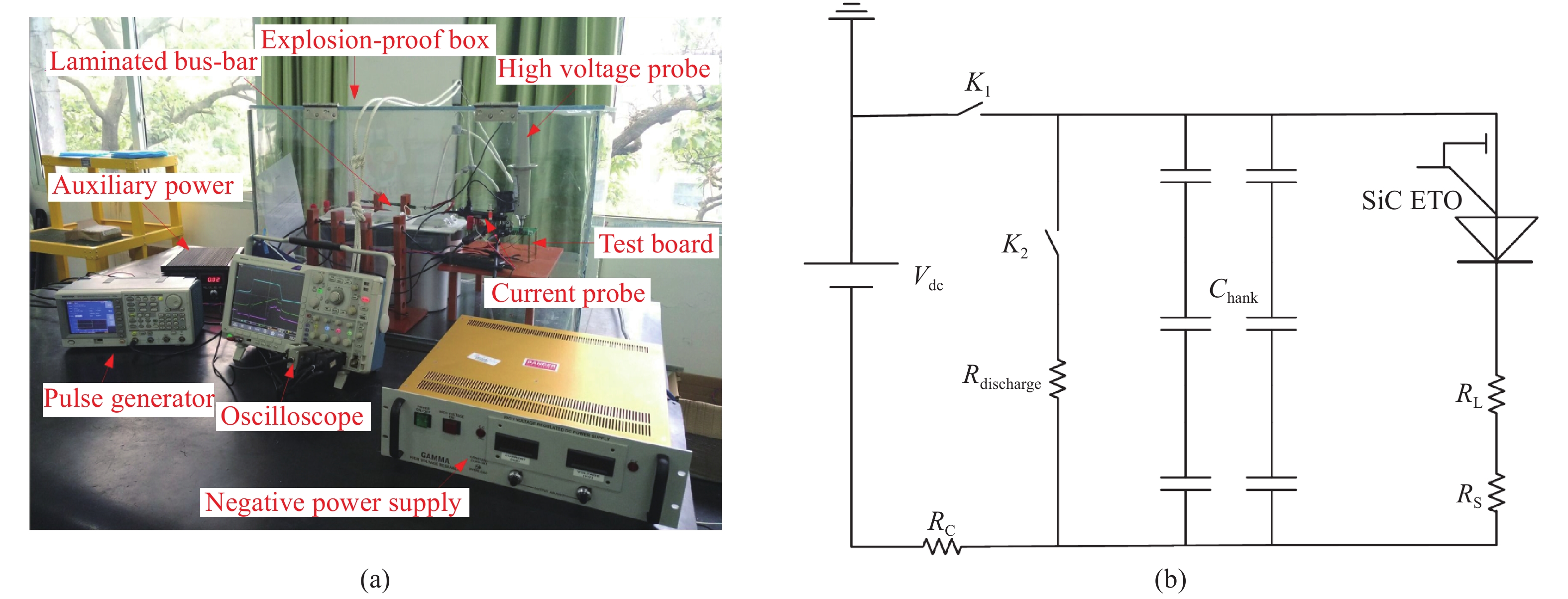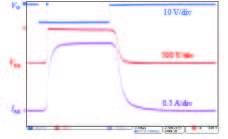| Citation: |
Cheng Zeng, Linfeng Deng, Zongjian Li, Jun Wang. Experimental comparison of SiC GTO and ETO for pulse power applications[J]. Journal of Semiconductors, 2018, 39(12): 124017. doi: 10.1088/1674-4926/39/12/124017
****
C Zeng, L F Deng, Z J Li, J Wang, Experimental comparison of SiC GTO and ETO for pulse power applications[J]. J. Semicond., 2018, 39(12): 124017. doi: 10.1088/1674-4926/39/12/124017.
|
Experimental comparison of SiC GTO and ETO for pulse power applications
DOI: 10.1088/1674-4926/39/12/124017
More Information
-
Abstract
Silicon carbide (SiC) emitter turn-off thyristors (ETOs) are very promising high power capacity semiconductor devices for high voltage and high power density power systems and pulse power applications. However, reports on comparison of high voltage SiC GTOs and ETOs in pulse power applications have been rare. In this paper, a comprehensive study on a 6.5 kV SiC GTO and ETO are carried out to demonstrate the superior performance of the SiC ETO over the GTO in pulse power application. A 6.5 kV SiC ETO was designed and tested with a printed circuit board (PCB) integrated gate driver. The forward conduction characteristics of the SiC ETO and GTO in elevated temperatures are measured and compared, showing the excellent temperature coefficient of the SiC ETO's output characteristics. Their turn-off characteristics with resistive load are measured and compared, demonstrating that the SiC ETO has much faster switching speed and smaller turn-off loss. Experimental results demonstrate that the SiC ETO has a better performance, especially with respect to its switching characteristics, making it a very competitive candidate for high power and pulse power applications.-
Keywords:
- SiC,
- thyristor,
- emitter turn-off thyristor,
- pulse power
-
References
[1] Wang F, Zhang Z, Ericsen T, et al. Advances in power conversion and drives for shipboard systems. Proc IEEE, 2015, 103(12): 2285 doi: 10.1109/JPROC.2015.2495331[2] Mirzaee H, De A, Tripathi A, et al. Design comparison of high-power medium-voltage converters based on a 6.5-kV Si-IGBT/Si-PiN diode, a 6.5-kV Si-IGBT/SiC-JBS diode, and a 10-kV SiC-MOSFET/SiC-JBS Diode. IEEE Trans Industry Appl, 2014, 50(4): 2728 doi: 10.1109/TIA.2014.2301865[3] Zhu J, Kim H, Chen H, et al. High efficiency SiC traction inverter for electric vehicle applications. IEEE Applied Power Electronics Conference and Exposition (APEC), 2018: 1428[4] Ryu S H, Krishnaswami S, Hull B, et al. 10 kV, 5 A 4H-SiC power DMOSFET. IEEE International Symposium on Power Semiconductor Devices & ICs (ISPSD), 2006: 1[5] Van E Brunt, Cheng L, Capell C, et al. 22 kV, 1 cm2, 4H-SiC n-IGBTs with improved conductivity modulation. IEEE International Symposium on Power Semiconductor Devices & ICs (ISPSD), 2014: 358[6] Cheng L, Agarwal A, Capell C, et al. 20 kV, 2 cm2 4H-SiC gate turn-off thyristors for advanced pulsed power applications. IEEE Pulsed Power Conference (PPC), 2013: 1[7] Wang J, Wang G, Li J, et al. Silicon carbide emitter turn-off thyristor, a promising technology for high voltage and high frequency applications. IEEE Applied Power Electronics Conference and Exposition (APEC), 2009: 658[8] Rezaei M A, Wang G, Huang A Q, et al. Static and dynamic characterization of a >13 kV SiC p-ETO device. IEEE International Symposium on Power Semiconductor Devices & IC's (ISPSD), 2014: 354[9] Sundaresan S, Soe A M, Singh R. Static and switching characteristics of 6500 V silicon carbide anode switched thyristor modules. IEEE Energy Conversion Congress and Exposition (ECCE), 2012: 1515[10] De A, Bhattacharya S, Singh R. Performance evaluation and characterization of 6500 V asymmetric SiC NPNP thyristor based current switch. IEEE Wide Bandgap Power Devices and Applications (WiPDA), 2015: 10[11] Wang J, Huang A Q. Design and characterization of high-voltage silicon carbide emitter turn-off thyristor. IEEE Trans Power Electron, 2009, 24(5): 1189 doi: 10.1109/TPEL.2009.2013861[12] Cheng L, Agarwal A, Palmour J, et al. Advanced silicon carbide gate turn-off thyristor for energy conversion and power grid applications. IEEE Energy Conversion Congress and Exposition (ECCE), 2012: 2249[13] Zhanga Q, Agarwal A, Capell C, et al. SiC super GTO thyristor technology development: Present status and future perspective. IEEE Pulsed Power Conference (PPC), 2011: 1530[14] Temple V, Waldron J, Holroyd F, et al. 2nd generation Si and SiC SGTO's for extreme pulse power and sub-microsecond switching. IEEE International Conference on Plasma Science (ICOPS), 2013: 1[15] Flack T, Hettler C, Bayne S. Characterization of an n-Type 4-kV GTO for pulsed power applications. IEEE Trans Plasma Sci, 2016, 44(10): 1947 doi: 10.1109/TPS.2016.2563161[16] Ryu S, Agarwal A K, Singh R, et al. 3100 V, asymmetrical, gate turn-off (GTO) thyristors in 4H-SiC. IEEE Electron Device Lett, 2001, 3(22): 127[17] Sakata H, Zahim M. Device simulation of SiC-GTO. Proceedings of the Power Conversion Conference, 2002: 220[18] Mohamed N, Sujod M Z. Numerical simulation of SiC GTO thyristor using finite element analysis. International Conference on Electrical Engineering and Informatics, 2009: 227[19] Chen C, Pei X, Chen Y, et al. Investigation, evaluation, and optimization of stray inductance in laminated busbar. IEEE Trans Power Electron, 2014, 29(7): 3679 doi: 10.1109/TPEL.2013.2282621[20] Kuwabara Y, Wada K, J M, et al. Implementation and performance of a current sensor for a laminated bus bar. IEEE Trans Ind Appl, 2018, 54(3): 2579 doi: 10.1109/TIA.2018.2796538[21] Rogers D J, Lakshmanan P. Low-inductance snubber arrays for high-power, high-bandwidth switch-mode amplifiers. IEEE Applied Power Electronics Conference and Exposition (APEC), 2015: 255 -
Proportional views





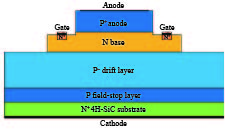
 DownLoad:
DownLoad:
